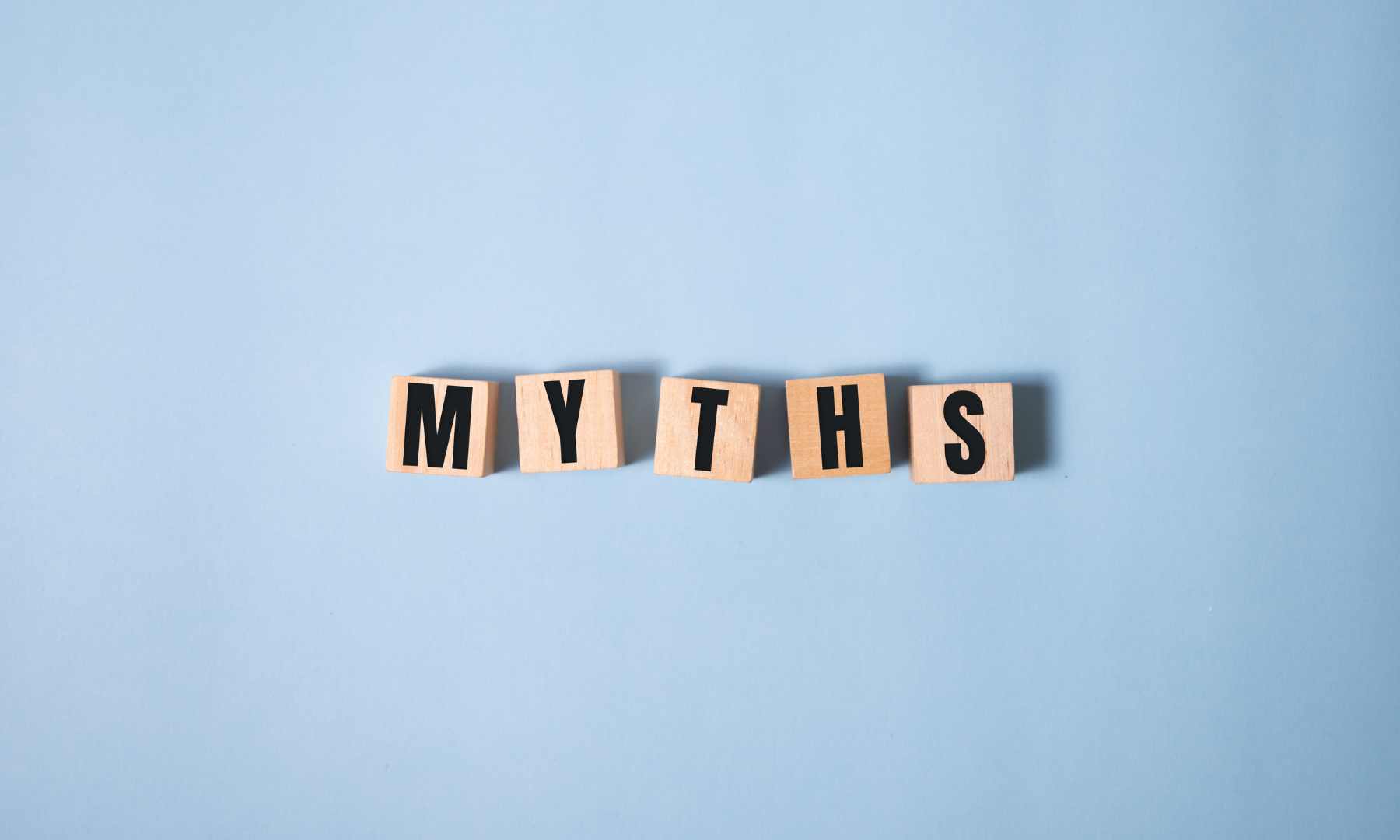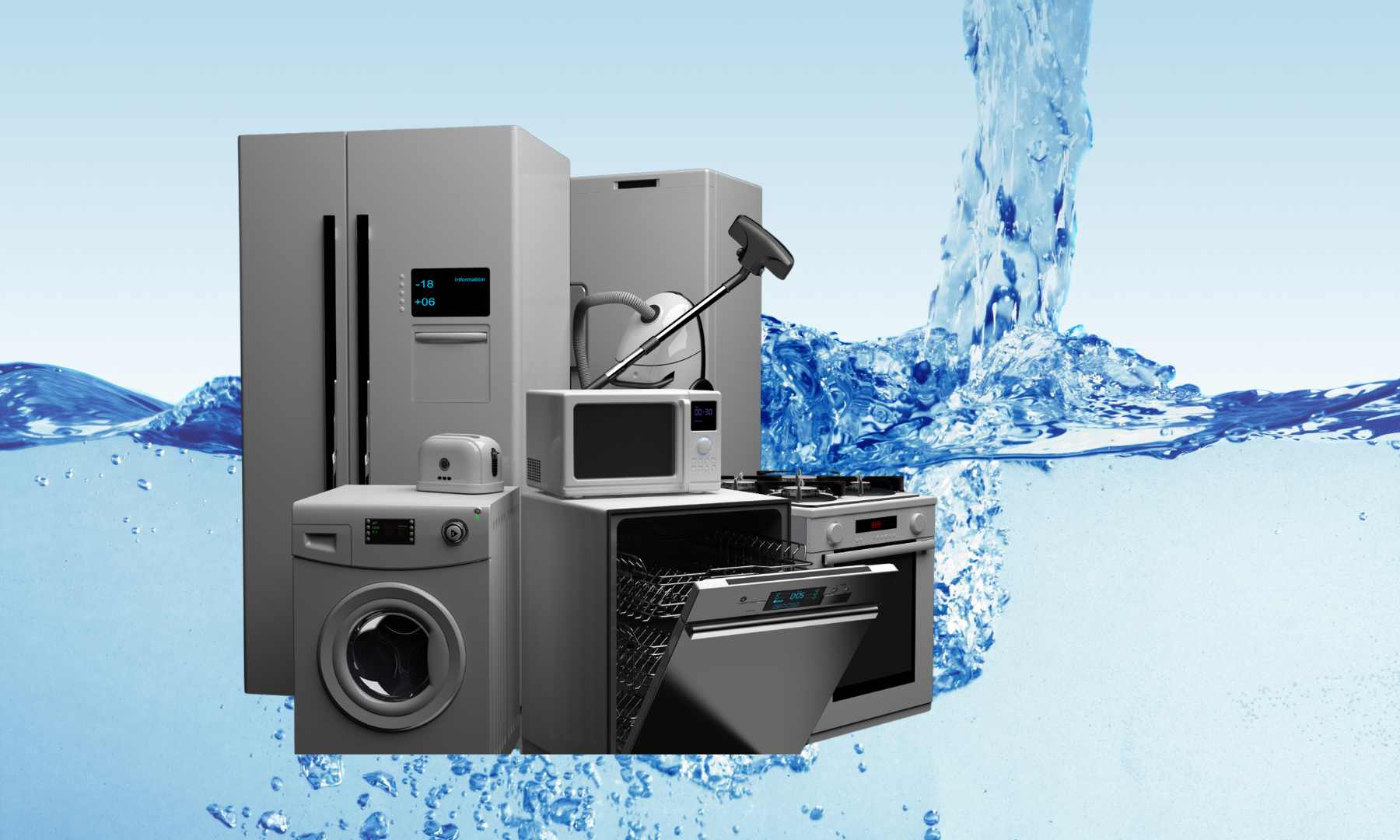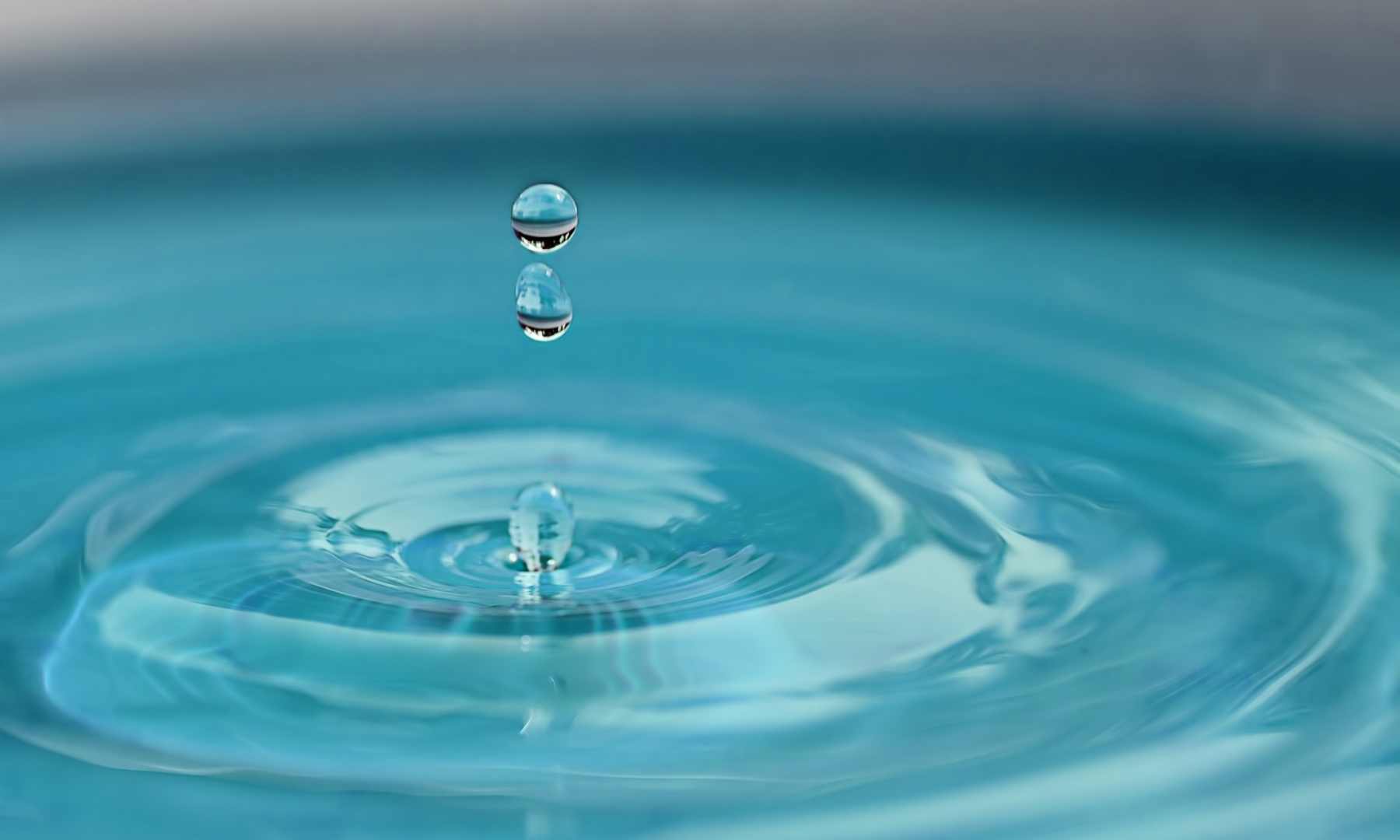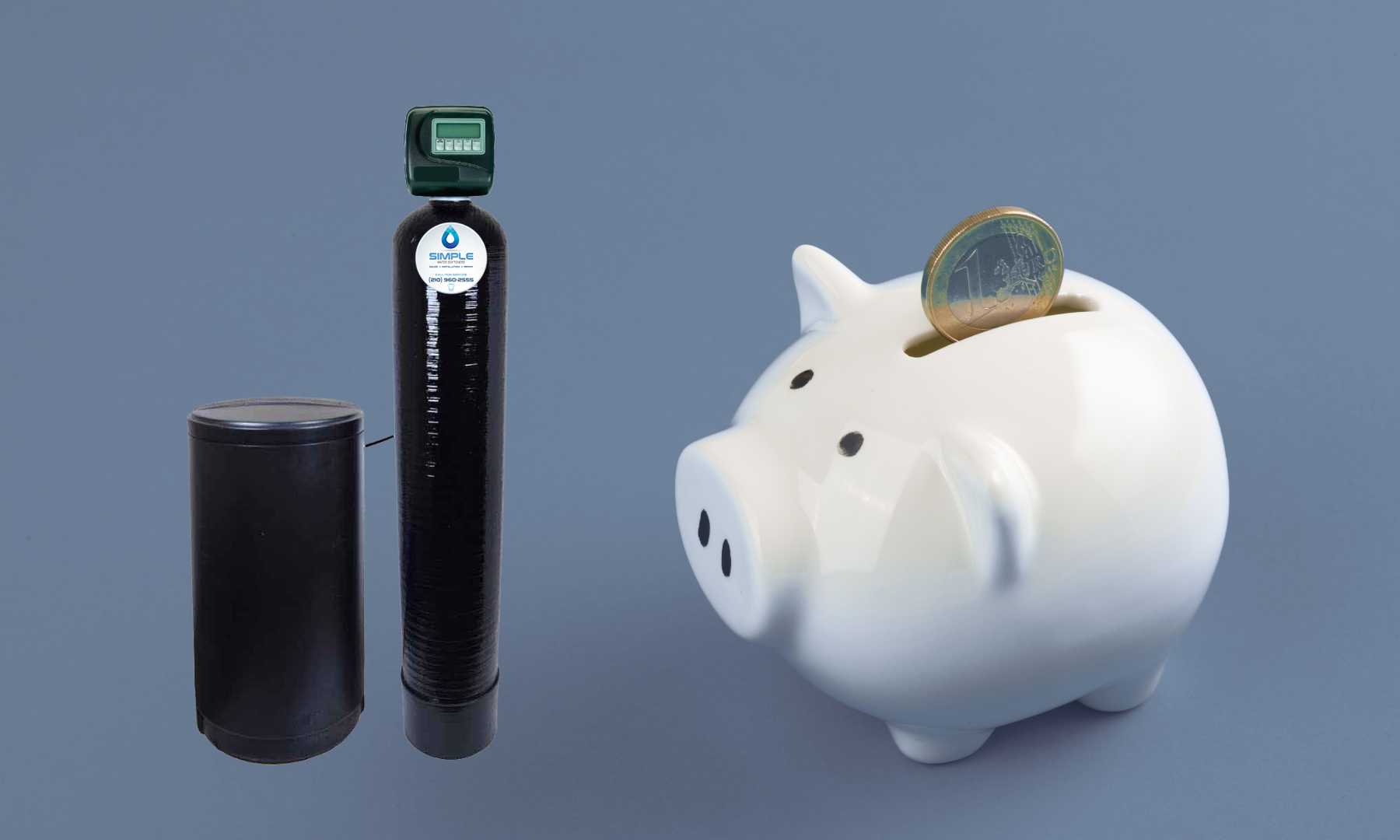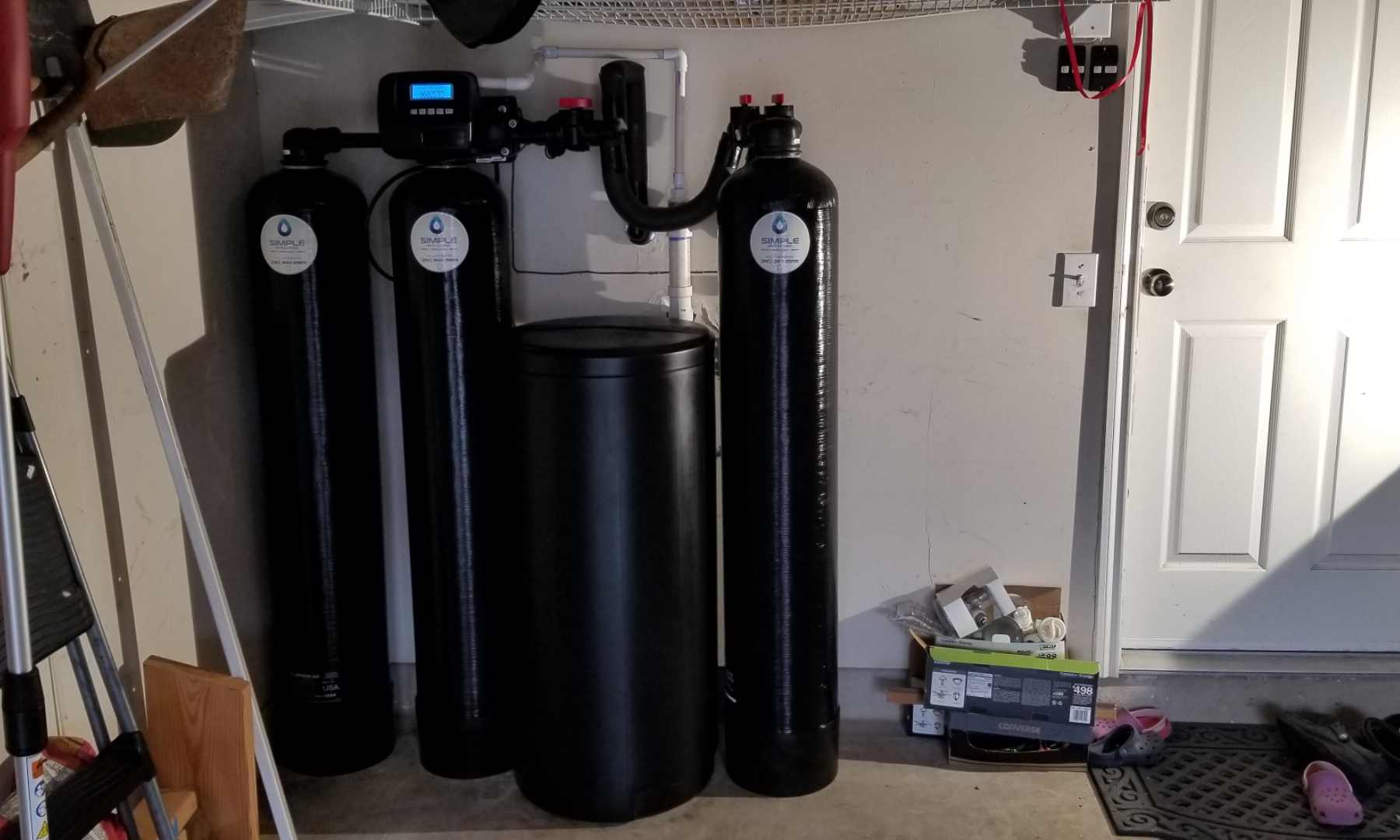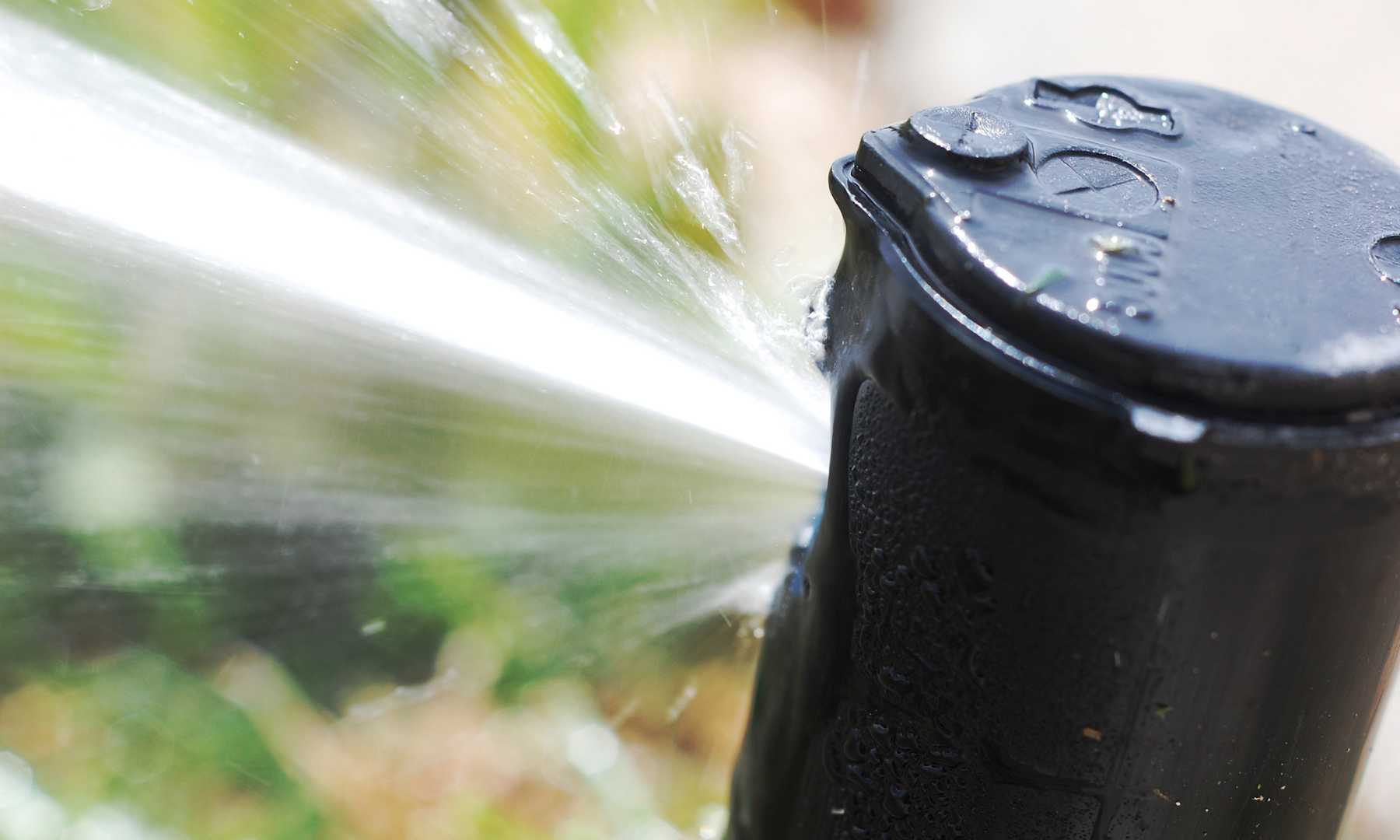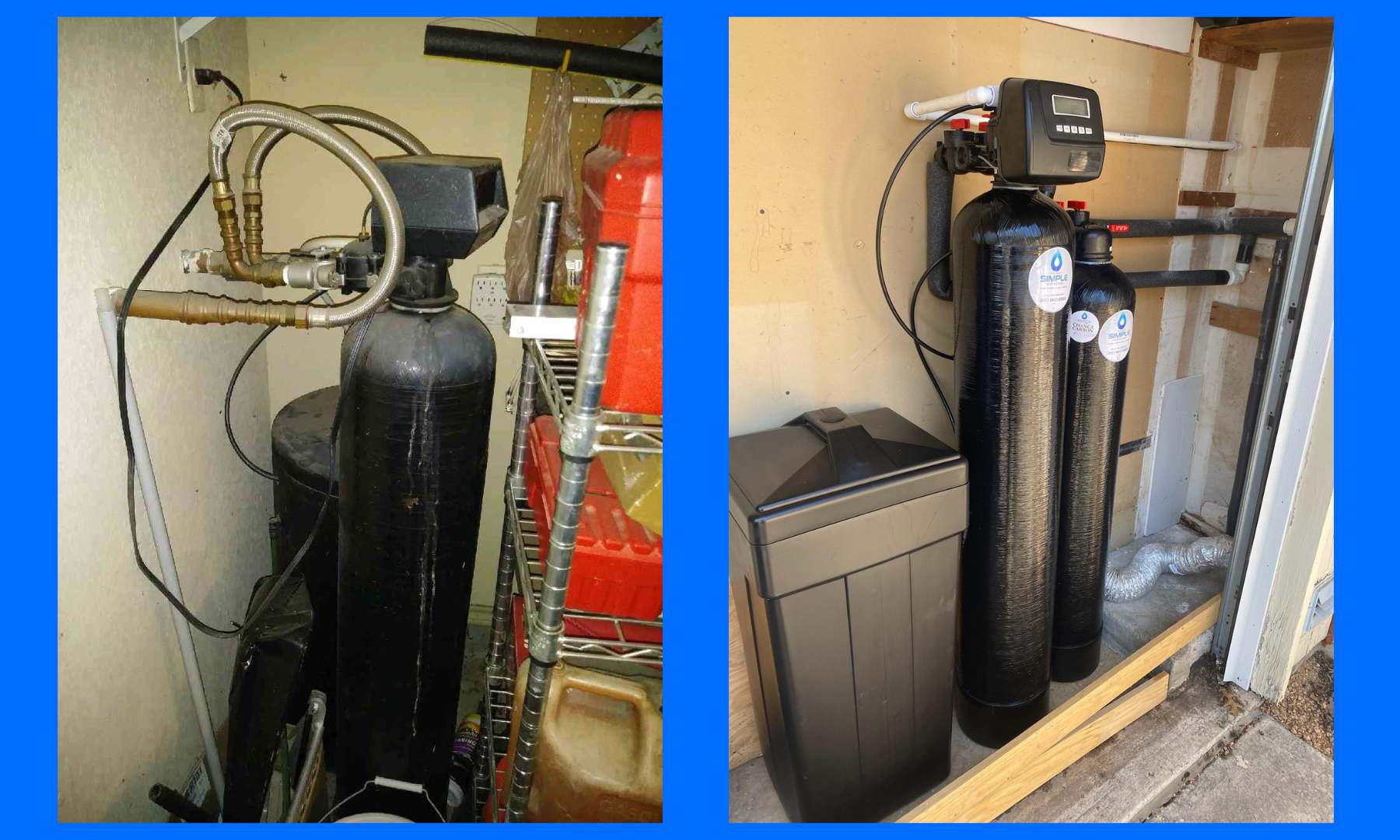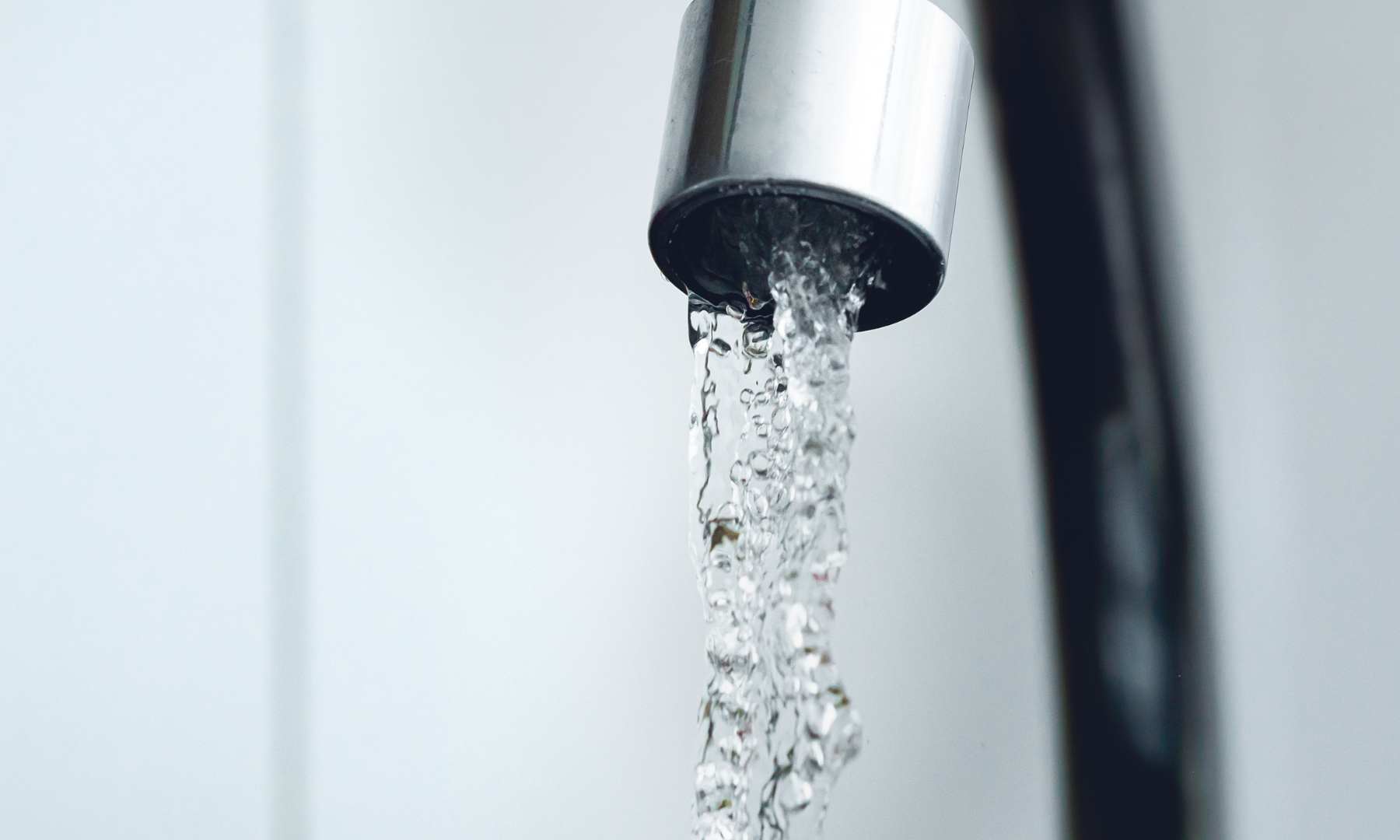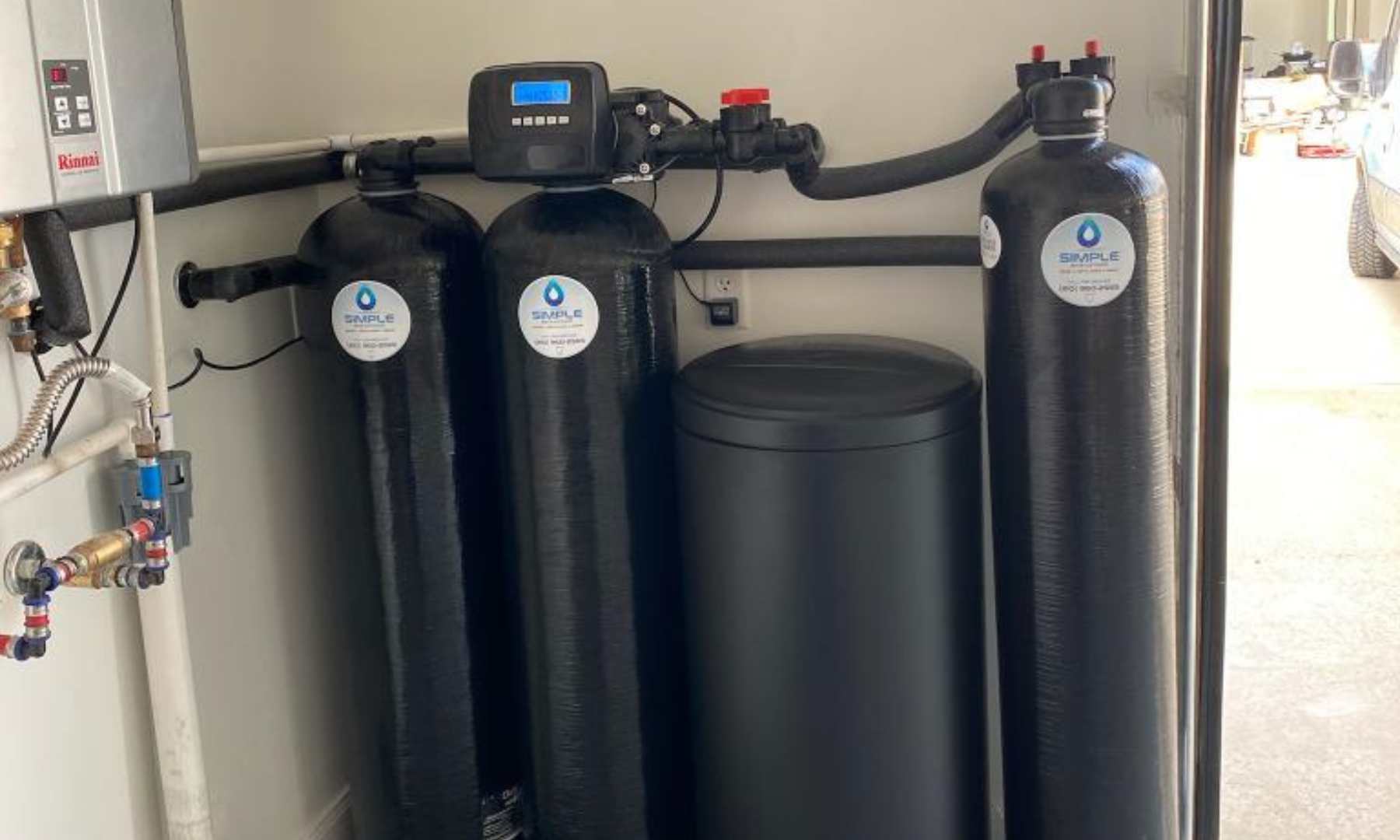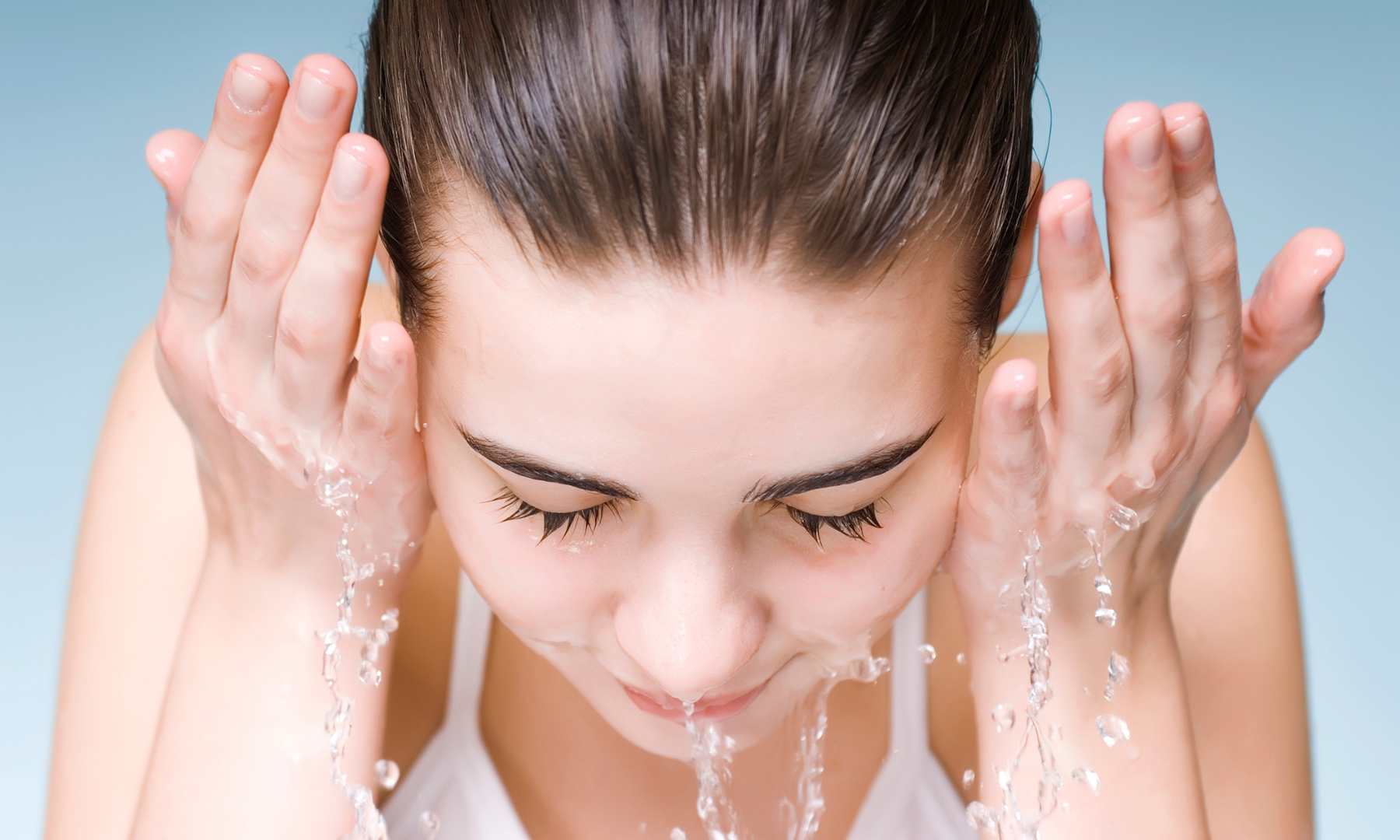San Antonio is known for having very hard water, which can leave spots on dishes, shorten appliance life, and irritate skin. Yet many homeowners still hesitate to install or service a water softener because of common misconceptions.
At Simple Water Softeners, we hear these myths all the time — and this fall is the perfect time to set the record straight. Whether you’re considering a new system or maintaining your current one, here’s the truth about the most frequent water softener myths in Texas.



